What three decades in agriculture means for the feed additive company

SAINT CHARLES, MO (June 1, 2021) – On June 6, Novus celebrates 30 years of supporting animal Protein producers globally who are working to feed the world.
In 1991, Novus International, Inc. was founded with a mission “to make a clear difference in sustainability meeting the growing global need for nutrition and health.” The outcome of Novus’s mission statement is clear – the availability of healthy and affordable animal protein can positively impact populations, particularly when produced with regard for environmental impacts, feed costs and animal performance. Looking back at the last three decades, Novus President and CEO Dan Meagher said the company has always endeavored to offer solutions for the industry’s biggest challenges.

“Achieving performance and profit goals while optimizing animal health are challenges for every producer regardless of operation size,” he said. “There are many purposes for feed additives. For us, the purpose is to ensure the nutrients in raw feed are available to the animal, support the animal’s gut health to optimize the nutrition it receives from the feed, and to provide the animal with what it can’t get from raw feed materials to better prepare it for the health challenges it may encounter during its life. Regardless of the products we’ve offered over the years, focus on these objectives is how Novus helps its customers globally.”
Novus’s foundation began with methionine. In a joint partnership established in 1991, Mitsui & Co., Ltd., and Nippon Soda Co., Ltd., acquired the rights to ALIMET® feed supplement and SANTOQUIN® feed preservative*, creating the company with a source of methionine as its flagship product. From there, methionine solutions MHA® feed supplement and MFP® feed supplement were added to the portfolio. Novus’s next innovation was the MINTREX® trace minerals line, which includes organic sources of zinc, copper and manganese bonded to the HMTBa (hydroxy methionine analogue) molecule allowing for better absorption and mineral availability. ACIDOMATRIX™ feed additive and ACTIVATE® nutritional feed acid, both offering combinations of organic acids and HMTBa, were created for the eubiotics portfolio. Other organic acids, essential oils and the CIBENZA® enzyme platform were added, as were pigment and feed quality products before being sold to EW Nutrition earlier this year. The sale was part of a re-focusing currently underway for the company: its Project Destiny strategic business transformation, which includes the goal of becoming the industry’s go-to source for gut health nutrition solutions.
“Food production is changing with a strong focus on sustainability, animal welfare/health, efficiency, and other drivers directly related to gut health,” said David Dowell, executive vice president and chief operating officer. “Health through nutrition has been a long-time principle in human health and Novus wants to expand our solutions in the key area of growth for our industry.”
As part of the renewed focus on innovation, Novus announced its partnership with biotechnology company Agrivida Inc. to develop an innovation pipeline of products using INTERIUS™ Technology; the first in-grain-based feed additive platform commercially available to animal nutritionists and feed formulators. Novus is also working to commercialize the flagship product GRAINZYME® PHOS phytase which uses the technology to produce the enzyme inside corn kernels, thus eliminating processes and costs in feed production.
“As a part of this industry, it’s important that we’re aware of the resources we use. Expressing feed additives directly inside grain is an exciting way to do more with less,” said Chief Innovation Officer Al Zimmerman.
Doing more with less also applies to the company’s commemoration of its anniversary. Since the pandemic is prohibiting Novus from celebrating in-person, it is taking the message to the web. During the upcoming months Novus social media followers will see video and images on what 30 years means for those closest to the company – its employees.
“There’s nothing I would like more than to take a world tour to celebrate this anniversary with every employee but that’s just not feasible,” Meagher said. “We’re having a toned-down, socially-distant anniversary instead, which is really unfortunate since the employees are the reason for Novus’s success. We have hard-working, dedicated, intelligent people at every level of our company, and they each deserve a standing ovation.”
Vice President and Chief Human Resources Officer Maria Burt echoed Meagher’s statement on the need to celebrate all that employees have achieved, particularly during the pandemic.
“Our colleagues have gone above and beyond in so many ways throughout the pandemic. All of those challenges, coupled with big changes in our company, would have been daunting for anyone, but they have shown their commitment, ingenuity and grit through it all. They are a truly excellent group,” she said.
What will the next 30 years look like? Meagher said Project Destiny is paving the way for a Novus known more for its partnerships with customers than its product line.
“There’s no question that our solutions – methionine, minerals, enzymes, organic acids, essential oils – can help our customers with their operations but we want to be more than that. Our goal is for customers to look at Novus as a trusted advisor that is going to help make their business more sustainable financially and environmentally.”
The new goals and direction of the company are wholly supported and commended by Novus’s Board of Directors. In a statement, Tetsu Watanabe, Novus chairman of the board and senior vice president of Mitsui & Co. (U.S.A.), Inc., congratulated Novus employees on the 30th anniversary and said the Board is eager to see what comes next.
“Since its formation, Novus has been an integral part of our strategy and we have worked hand-in-hand with Novus to help ‘Feed the World’,” he said. “As always, we fully support the transformation and growth of Novus as it endeavors to be the provider of viable solutions for the industry. We are pleased to see that the organization is going down the right path.”
Learn more about Novus at www.novusint.com


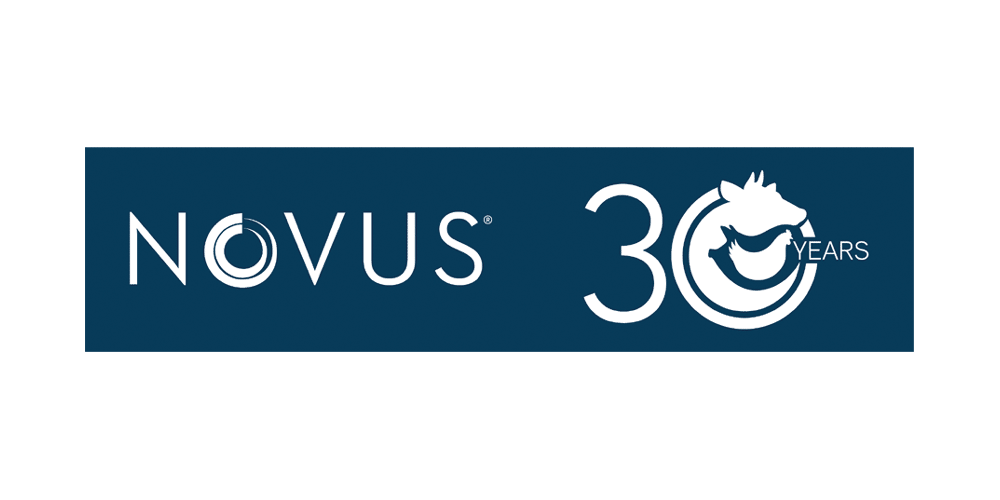
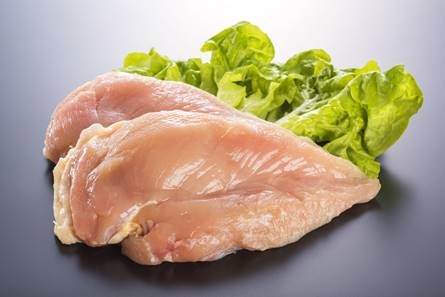

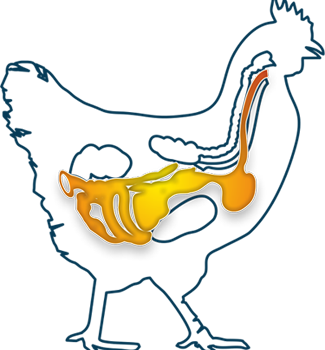

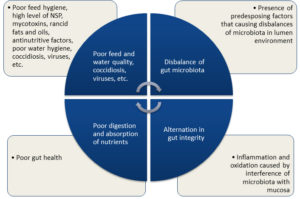
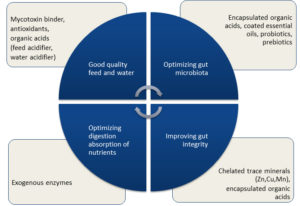

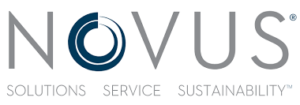
 Agrivida, a privately held biotechnology company based in Massachusetts, was founded in 2003 by scientists from MIT who discovered a way to incorporate feed additives directly into corn grown for production animals. By having the additive inside of the grain, the molecules are more efficiently absorbed, and producers can improve both animal performance and their bottom line.
Agrivida, a privately held biotechnology company based in Massachusetts, was founded in 2003 by scientists from MIT who discovered a way to incorporate feed additives directly into corn grown for production animals. By having the additive inside of the grain, the molecules are more efficiently absorbed, and producers can improve both animal performance and their bottom line.



